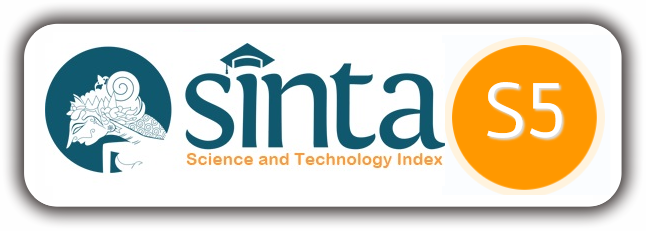ANALISIS PENERAPAN AKUNTANSI AKTIVITAS PENGEMBANGAN REAL ESTATE MENURUT PERNYATAAN STANDAR AKUNTANSI KEUANGAN NOMOR 44 PADA PT. DHANY KARYA PROPERTI DI NANGANESA KECAMATAN NDONA KABUPATEN ENDE
DOI:
https://doi.org/10.37478/jria.v3i1.3877Abstract
The purpose of this study is to analyze the application of accounting for real estate activities according to PSAK No. 44 at PT. Dhany Karya Property. This research uses the observation method, namely by making direct observations at PT. Dhany Karya Properti to obtain data and information related to the preparation of this thesis and library research, data collection is done by reading company documents, books and scientific papers or literature related to the issues to be discussed in writing this thesis. The data analysis technique used is a quantitative descriptive analysis technique. The results of this study indicate that the notes to the financial statements of PT. Dhany Karya Properti in recognition of revenue accounting is still not in accordance with PSAK No.44. Revenue and expense acknowledgment in the reported financial statements is prepared using a cash basis where expenses and revenue do not meet in the same period. In addition, the balance sheet at PT. Dhany Karya Properti does not comply with generally accepted regulations by classifying estimated assets and liabilities according to current and non-current..
Kata kunci: Recognition, Revenue and Expenses
Downloads
Keywords:
Recognition, Revenue, ExpensesDownloads
Published
How to Cite
Issue
Section
License

This work is licensed under a Creative Commons Attribution-NonCommercial-ShareAlike 4.0 International License.





